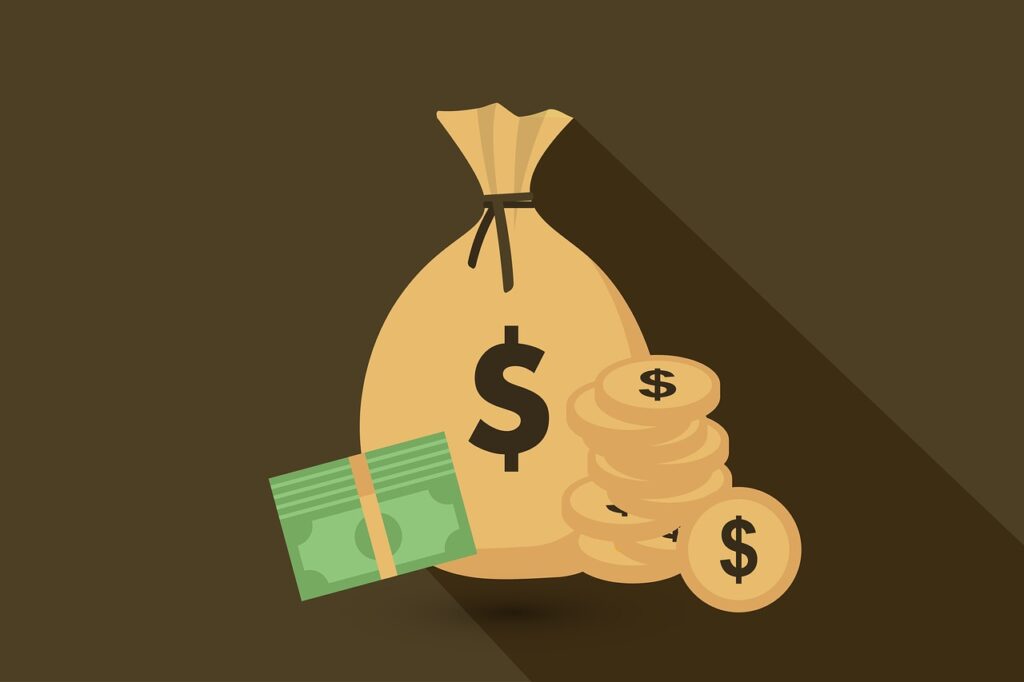
How Advice-Only Financial Planning Can Help You Achieve Your Retirement Goals in Cumming, GA
How Advice-Only Financial Planning Can Help You Achieve Your Retirement

Gone are the days of private sector companies providing pensions for their employees. And even if pensions were still the primary means of retirement planning, most people will never stay with a company long enough to reap the full benefits even if it were offered.
Sure, government employees, teachers, and certain other public sector employees still have access to pensions, but you still must remain with the organization for most of your career to get the full benefit.
The burden of funding your retirement falls on you.
Well, primarily, it means you are responsible for saving, investing, and building a retirement portfolio that will sustain you throughout what could be 30 years or more of retirement.
That’s a big question that requires a thorough understanding of your goals, risk tolerance, and many other areas of your personal finances, but generally speaking, you will need to save 20% or more of your annual gross income for retirement throughout your working years to maintain your pre-retirement standard of living in retirement. But here’s the problem…only 16% of Americans are saving more than 15% of their income, annually. And 69% are saving 10% or less. That will not cut it!
Saving 20% of your gross household income may sound difficult, but what’s the alternative? There is no bailout for retirement. At least not yet.
The reality is that most Americans prioritize current consumption ahead of saving, thinking that retirement is far away, and they can save later…make up for lost time when they make more money and have fewer financial obligations. There are a couple of problems with that way of thinking:
(Not to mention the obvious fact that by the time they have fewer financial obligations, they won’t have enough working years left to save)
Ok, let’s look at some examples of what it would take to build a $1M portfolio with various time horizons:
So, putting this in perspective, with 30 years to save and a 9% annual return, you would only need to contribute $197k to build a $1M nest egg. That’s over $800k of growth.
But with only 10 years to save and a 9% annual return, you would have to contribute $620k of the one million…only $380k would come from growth.
Bear in mind that $1M is not what it used to be. Using the often quoted “4% rule,” a one million dollar portfolio would only be able to safely replace $40k of annual income. Will $40k in today’s dollars plus Social Security allow you to maintain your lifestyle in retirement?
Saving 20% of your gross income for retirement must be your priority, not just a goal to achieve sometime in the future when you have more money and less responsibility.
Saving for retirement is so much easier when you start from the very beginning. If you save 20% FIRST and live on the remaining 80%, and commit to increasing your savings along with raises and bonuses to maintain the 20% throughout your working years, regardless of your income, eventually it will become easy. Your lifestyle will grow with your income, but so will your savings.
And even as your financial obligations grow and your life becomes more complex, your savings will remain on track as you learn to live within that 80% rather than spending it all keeping up with the Joneses and hoping to start saving one day. One day will never come! But retirement is coming.
The examples above are for illustration purposes only. There is no guarantee that a 4% withdrawal rate is sustainable, that a 20% savings rate will be sufficient for your specific circumstances, or that you would be able to achieve a 9% annual return.

How Advice-Only Financial Planning Can Help You Achieve Your Retirement

The Benefits of Hourly Financial Planning: How It Works for

Small Business Finance with Hourly and Advice-Only Financial Experts Facebook

Inflation and Its Effects on Fee-Only Financial Plans Facebook Twitter
© 2024 Datapoint Financial Planning | All rights Reserved.